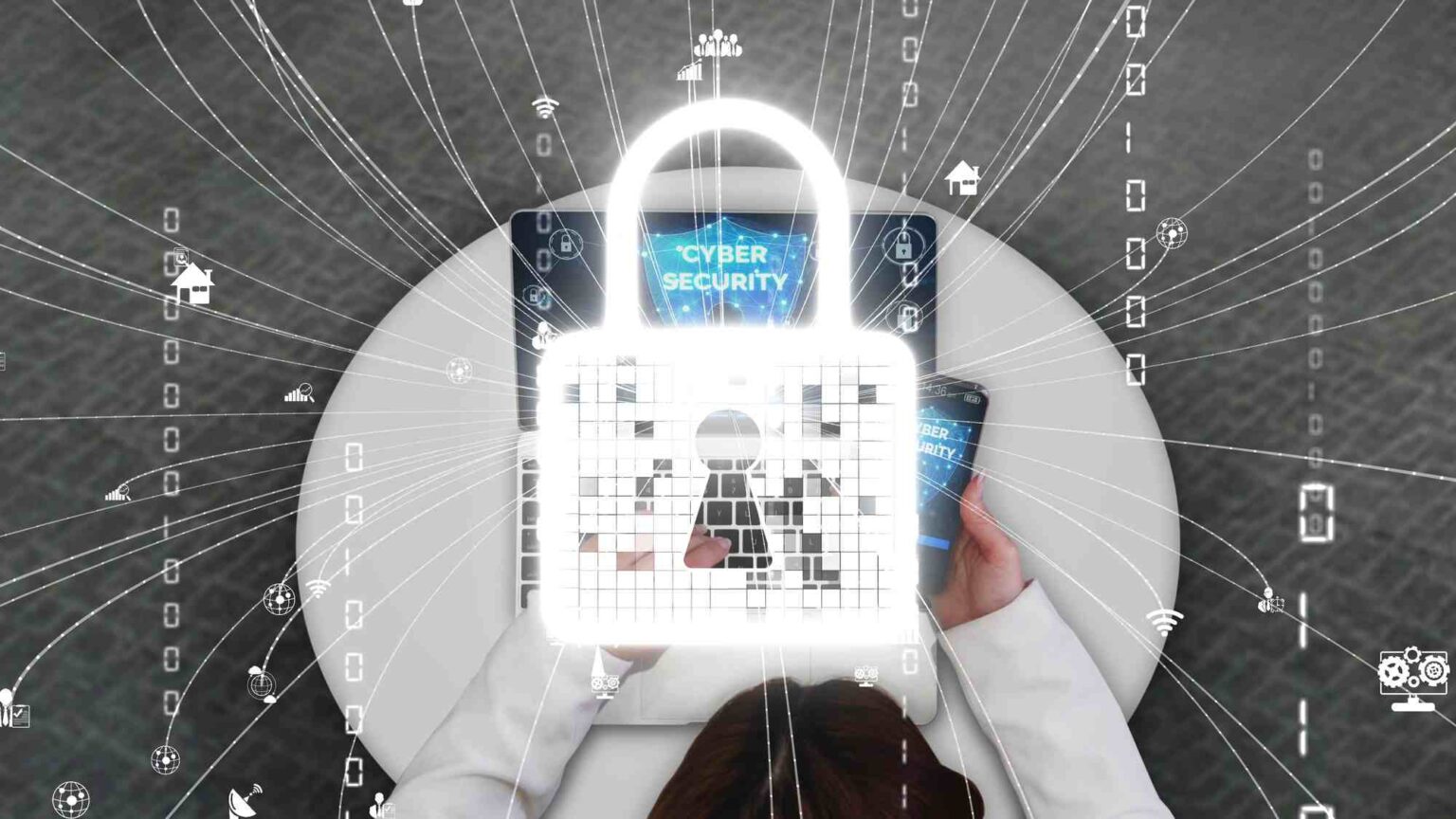The human element of cybersecurity is critical to understand and mitigate insider threats. Insider threats refer to security risks posed by individuals within an organization who have authorized access to systems, data, or networks. These individuals may be employees, contractors, or partners who intentionally or unintentionally misuse their access privileges. Here are some steps to better understand and mitigate insider threats:
- Employee Screening and Training:
- Implement thorough background checks and screening processes during the hiring and onboarding of employees.
- Provide comprehensive cybersecurity training to employees, contractors, and partners to raise awareness about insider threats, security best practices, and the potential consequences of insider attacks.
- Role-Based Access Control:
- Implement role-based access control (RBAC) to ensure that individuals only have access to the systems and data necessary for their job responsibilities.
- Regularly review and update access privileges based on changes in job roles or responsibilities.
- Privileged Access Management:
- Implement privileged access management (PAM) solutions to closely monitor and control privileged accounts and their activities.
- Use strong authentication mechanisms, such as multi-factor authentication (MFA), for privileged accounts.
- Monitoring and Auditing:
- Implement robust monitoring and auditing capabilities to track user activities, including system log reviews, network traffic analysis, and user behavior analytics.
- Define and monitor key indicators of suspicious activities, such as multiple failed login attempts, unauthorized access attempts, or unusual data transfers.
- Incident Response Planning:
- Develop an incident response plan specific to insider threats, including procedures for detecting, responding to, and investigating potential insider incidents.
- Establish clear lines of communication and coordination among relevant stakeholders, including HR, IT, legal, and management.
- Data Loss Prevention (DLP) Measures:
- Deploy data loss prevention solutions to identify and prevent unauthorized transmission or exfiltration of sensitive data.
- Implement encryption, data classification, and access controls to protect sensitive information from insider misuse.
- Encourage Reporting and Whistleblower Programs:
- Establish a culture that encourages employees to report suspicious activities or concerns related to insider threats.
- Provide mechanisms, such as anonymous reporting channels or whistleblower programs, to allow employees to report concerns without fear of retaliation.
- Regular Security Awareness Training:
- Conduct regular security awareness training programs to educate employees about the risks associated with insider threats.
- Train employees to recognize common indicators of insider threats, such as changes in behavior, unauthorized access attempts, or unusual data access patterns.
- Strong Policies and Procedures:
- Develop and enforce strong security policies and procedures that address insider threats.
- Clearly define acceptable use of systems, data, and resources, and regularly communicate and enforce these policies.
- Vendor and Third-Party Management:
- Extend security practices and controls to third-party vendors and contractors who have access to your systems, networks, or data.
- Conduct due diligence and periodic security assessments of vendors and partners to ensure they maintain adequate security measures.
- Exit Procedures:
- Implement robust exit procedures to promptly revoke access privileges when employees leave the organization or change job roles.
- Conduct exit interviews and ensure that all company-owned devices and access credentials are returned.
- Continuous Monitoring and Improvement:
- Regularly review and update security controls, policies, and procedures based on evolving insider threat landscape and industry best practices.
- Stay informed about emerging insider threat trends and technologies to proactively mitigate risks.
By understanding the human element of cybersecurity and implementing these measures, organizations can better detect, prevent, and respond to insider threats, reducing the risk of insider attacks and protecting sensitive data and resources.



